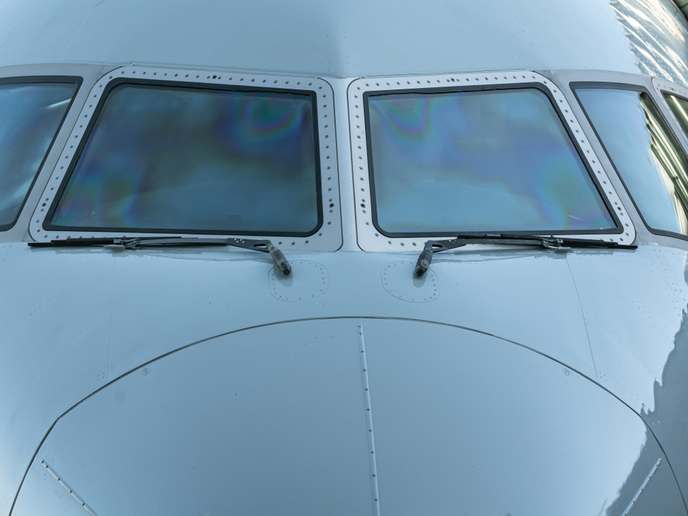Magnetic take-off and landing for fuel-efficient aircraft
With ever-rising fuel prices, passenger aircraft designs aim for greater fuel efficiency. One proposal for achieving this is complete removal of an aircraft's landing gear and replacing it with an airport-based maglev TOL system. The EU-funded 'Integrated ground and on-board system for support of the aircraft safe take-off and landing' (GABRIEL)(opens in new window) project will assess the feasibility of this proposal. It consists of 12 partners from 7 EU countries and has funding for 3 years. Cost effectiveness will form part of GABRIEL's feasibility studies. The project aims to select the most suitable maglev technology and develop an operational concept, including flight control systems and safe operating protocols. GABRIEL will design the optimal aircraft/airport configuration, and assess the aircraft weight reductions. The project evaluated aircraft energy consumption during take-off and landing, including an assessment of the major weight components of aircraft. In addition, GABRIEL assessed the safety requirements for critical maglev TOL parts, including a hazard analysis. Investigations into enabling technologies concluded that the maglev TOL concept is promising, and that the required technologies are mature. A review of candidate technologies recommended the Inductrack system for further consideration. GABRIEL has defined its maglev TOL concept, based on the sledge cart system. This drew upon assessments of impact on a wide range of aviation aspects, including regulations, airport operations, safety and security. This information led to detailed designs for airport systems, layout and infrastructure. GABRIEL's calculations in terms of costs, energy, capacity and noise for take-off scenarios further suggest the system concept shows promise. GABRIEL's studies additionally determined that the effects of maglev technologies on passenger health would be negligible. Experimental validation of the proposed systems is underway, using designs for a reference aircraft created by the consortium. The GABRIEL maglev TOL proposal represents a revolutionary aviation operating concept. It would reduce aircraft weight, leading to decreased fuel consumption and increased airport capacity, both of which mean greater profitability.







